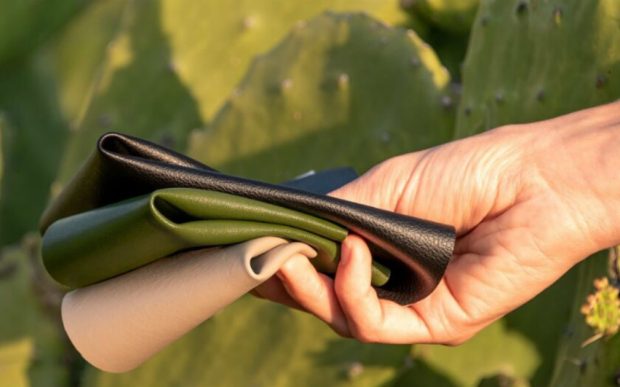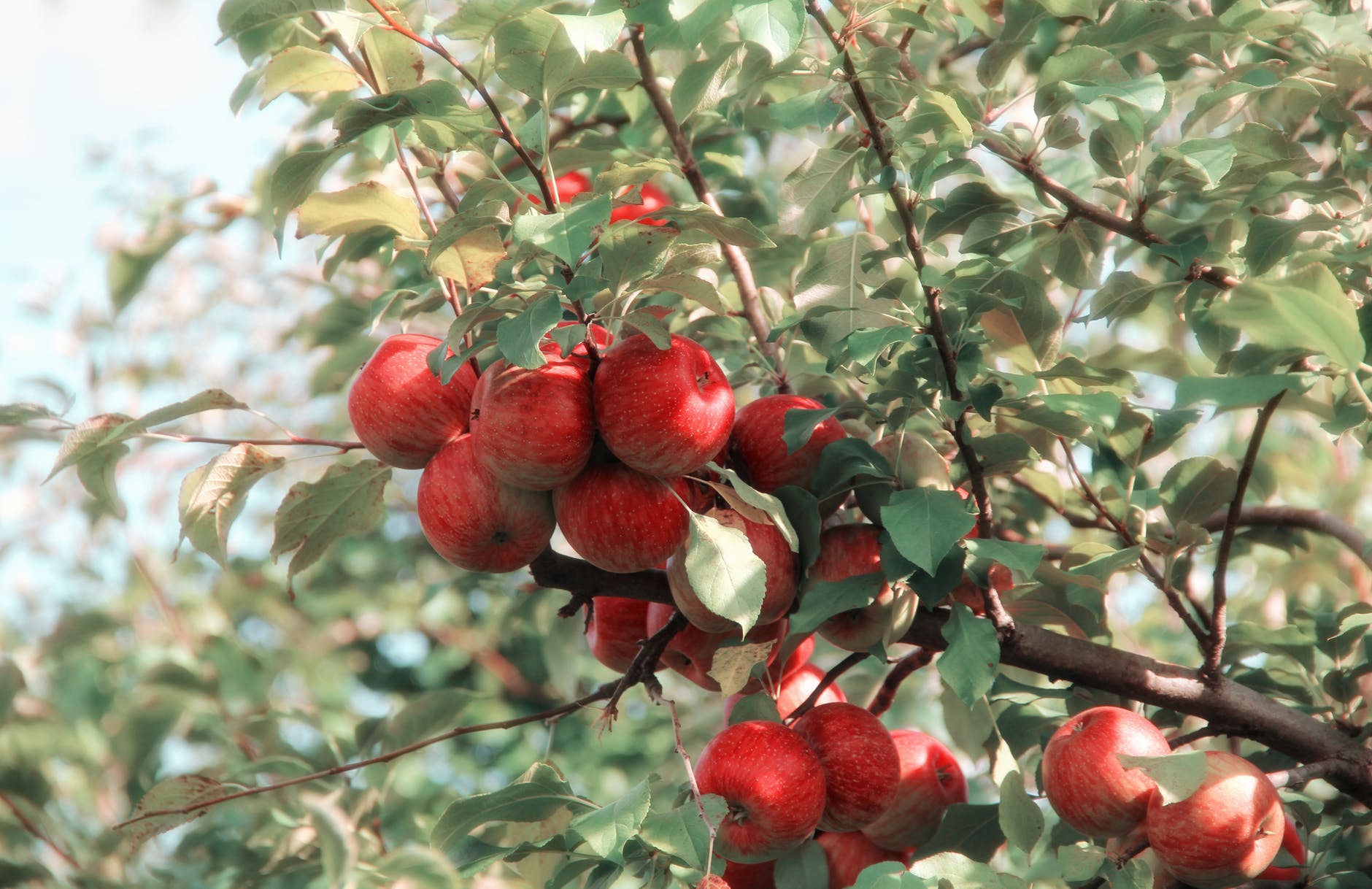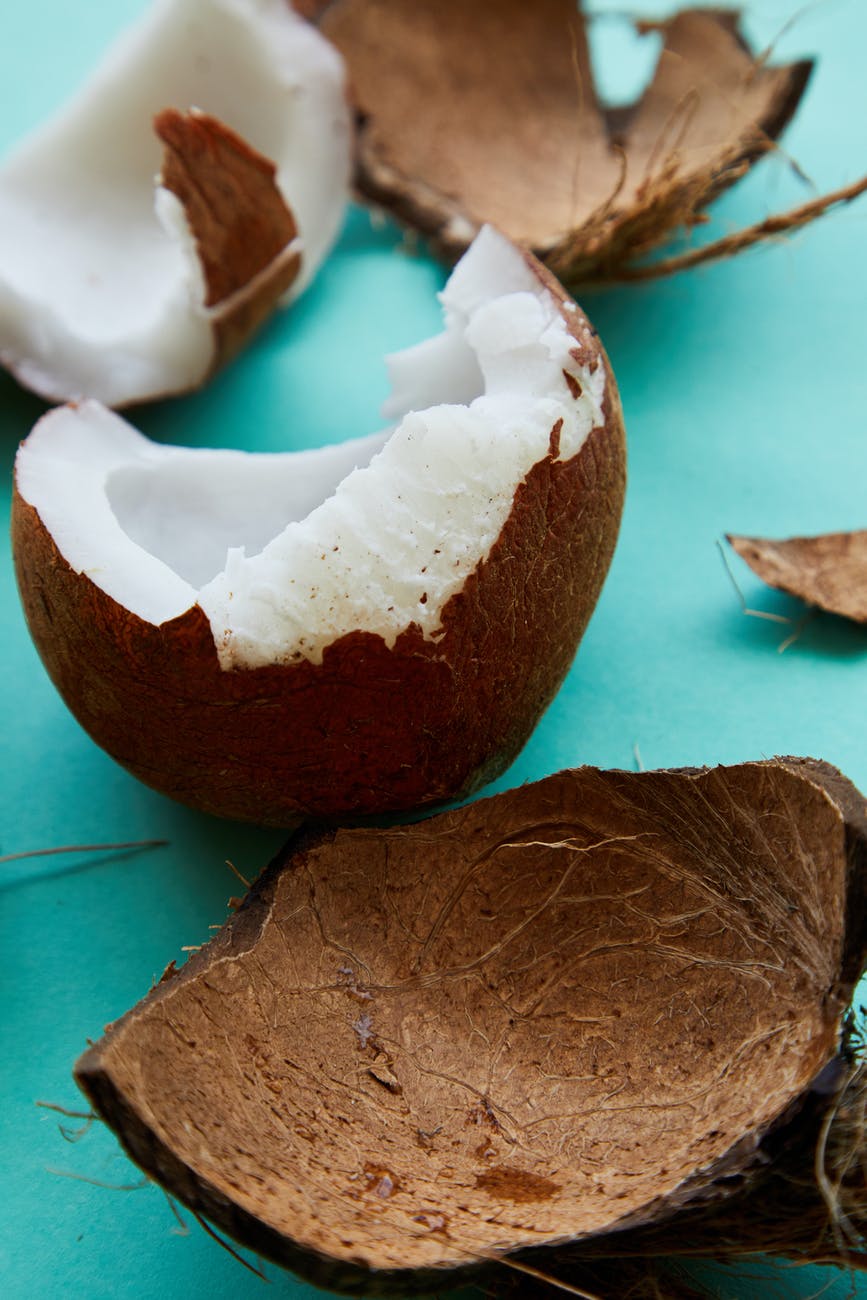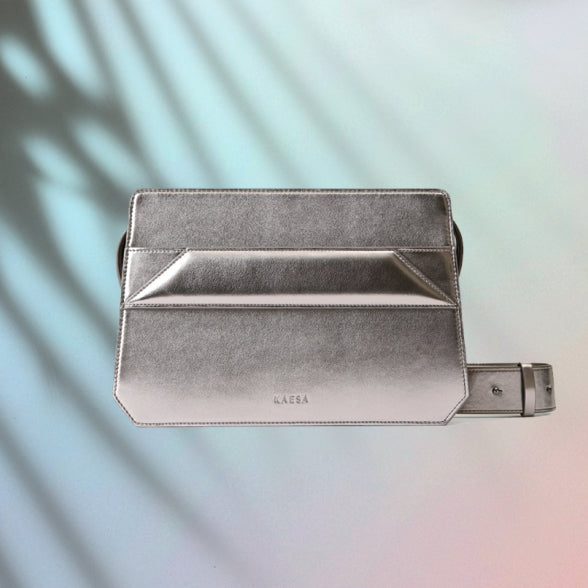6 Plant-Based Leathers Revolutionizing Sustainable Fashion

Reinventing the (Leather) Wheel
What’s the first thing you think of when you hear the word “leather”? For many, this fabric evokes feelings of luxury, style and status. Having existed for thousands of years, leather production has played an integral role in many aspects of human history and has proven to be a consistently profitable industry. The modern fashion industry has become particularly dependent on animal leather, using it in everything from shoes to handbags to clothing and much more. As the popularity of animal leather continues to grow on a global scale, it is becoming increasingly apparent that this fashion staple comes at a cost that the planet can’t afford to sustain.
Each year, more than a billion cows, pigs, goats, sheep, alligators, ostriches and kangaroos are slaughtered for their skins. Additionally, despite some advancements in the leather tanning process, roughly 80% of the world’s leather is tanned using a chromium-based solution that is highly toxic to both humans and the environment. As the sustainability movement gains greater global momentum, alarming facts like these are becoming harder for businesses to ignore and consumers to tolerate.
Vegan Leather
The creation of a cruelty-free leather alternative (a.k.a. vegan leather) marked a critical milestone within the fabrics industry. Sometimes referred to as “synthetic” or “artificial” leather, vegan leather is a lab-made fabric that has the look and feel of traditional leather but is made using plastic-based materials like polyurethane (PU) or polyvinyl chloride instead of animal products. Although vegan leather has played a crucial role in combating animal cruelty within the leather industry, its ability to fully address sustainability issues is still limited because it is predominately plastic-based.
A Different Type of Natural Leather
Over the past decade, inventors and artisans have sought to bridge this sustainability gap and completely revolutionize the vegan leather industry through a thoughtful blend of science and nature. This eco-minded journey led to the creation of a completely new fabric category known as fruit and plant-based leather. This type of leather provides brands and consumers with a leather alternative that is both cruelty-free and more holistically sustainable.
Fruit and plant-based leathers are made from either discarded fruit waste or sustainably grown crops, so they address growing concerns over global food waste in addition to fabric sustainability. Despite being a relatively new innovation, this groundbreaking fabric is quickly gaining attention on a global scale, especially within the fashion industry. The growing popularity of plant and fruit-based leather companies like Piñatex, Desserto and Mylo (within both consumer and high-end markets) has helped bring this vital new fabric category to the forefront of fashion.
6 Revolutionary Plant-Based Leathers
Check out the list below to learn more about 6 innovative fruit and plant-based leathers and how they are revolutionizing sustainable fashion:

1. Pineapple Leather
This tropical fruit-based fabric has already gained prominence within commercial fashion thanks to a company called Ananas Anam and their flagship fabric Piñatex. Piñatex is a pineapple-based leather that uses leftover leaves from existing pineapple harvests to create a fabric that can be used for upholstery, accessories and fashion. Even though the company has been around for less than a decade, Piñatex pineapple leather has already been used by more than 1,000 brands from all around the world, including well-known labels like H&M and Hugo Boss.

2. Mushroom Leather
Mushroom leather is exceptionally sustainable because it utilizes the rapid and incredibly renewable growth cycle of fungi. Mylo, a subsidiary of Bolt Threads, is a mushroom leather brand that has seen significant mainstream success. Mylo leather is made from a network of mushroom roots known as mycelium. It can be grown and harvested in a matter of days and all of the remaining post-harvest materials are compostable. Mylo leather is also remarkably versatile and can be used to make a wide variety of products including wallets, phone cases, footwear and handbags. Some of Mylo’s most notable product collaborations include well-known brands like Stella McCartney, adidas and lululemon.

3. Cactus Leather
Despite having a bit of a prickly reputation, cactus has become a popular source for sustainable plant-based leather due to its impressive durability and very low environmental impact. Desserto, currently the world’s most prominent producer of cactus leather, has successfully created “the world’s first highly sustainable and environmentally friendly organic material made of Nopal cactus”, or prickly pear as it’s more commonly known. After being sustainably harvested, the mature cactus leaves are naturally sun-dried before being processed into Desserto fabric. The entire Desserto ranch is also organic, so pesticides and herbicides are never used and any cactus materials that aren’t utilized to make leather are exported and sold nationally in the food industry.

4. Apple Leather
Apple leather is a fruit-based fabric that helps combat the growing food waste crisis by utilizing leftover apples and apple byproducts. A company called Leap specializes in upcycling apple waste that had been discarded during cider production to create sustainable fabrics. At Leap, sustainability is a top priority and their leather is always made with a minimum of 50% upcycled apples and is composed of 80% bio-based ingredients, with the goal of achieving 100% in the future. Their leather is also crafted with a unique 3-layered structure that is designed to improve compostability following a product’s end of life.

5. Grape Leather
Grape leather seeks to reduce food waste as well, with a specific focus on the wine industry. Companies like VEGEA are tackling this issue head on by collaborating directly with Italian wineries to repurpose wine waste into an innovative fabric known as V-Textile, or grape leather. VEGEA collects discarded seeds, stalks and grape skins from these wineries and then uses these raw vegetable materials, along with bio-based polymers and other recycled materials, to create V-Textile. Each of their products are Italian-made, animal-friendly, solvent free and compliant with Europe’s strict REACH regulations.

6. Coconut Leather
Coconut (biocomposite) leather, is a unique blend of food upcycling and sustainable science. Developed by an India-based company, Malai coconut leather is made using discarded banana fibers, coconut water and bacterial cellulose. After collecting discarded coconut water from Indian coconut processing units, the water is sterilized and used as a food source for the bacterial culture. After two weeks, the byproduct of this process is harvested, refined, air-dried and then enriched with other natural plant-based materials to create the final Malai fabric. Malai further differentiates itself within the vegan leather industry by completely excluding synthetic ingredients and plastic coatings from its products.
The Importance of Sustainable Fashion
According to Environment.co, the fashion industry is currently one of the world’s leading polluters and is responsible for roughly 10% of global carbon emission being leaked into the environment. Fashion waste has also become increasingly problematic, with more than 25 million pounds of clothing ending up in incinerators or landfills each year in the U.S. alone. Unless significant action is taken, it’s projected that fashion waste could grow to 148 million tons by the year 2030, less than 10 years from now.
With grim predictions and frightening trends like these becoming increasingly commonplace, it has become more important than ever for both businesses and consumers to prioritize sustainability, especially within the fashion industry. Although fruit and plant-based leather is still a relatively new fabric category, it has tremendous potential to make significant positive changes within the fashion industry and global sustainability as a whole. This category is ripe for innovation and is a vital steppingstone in further bridging the gap between style and sustainability.
To learn more about these innovative fabrics and the companies that make them, make sure to check out the links listed above. And don’t forget to visit KAESA’s website to learn more about how we are bringing sustainability to the forefront of fashion.


